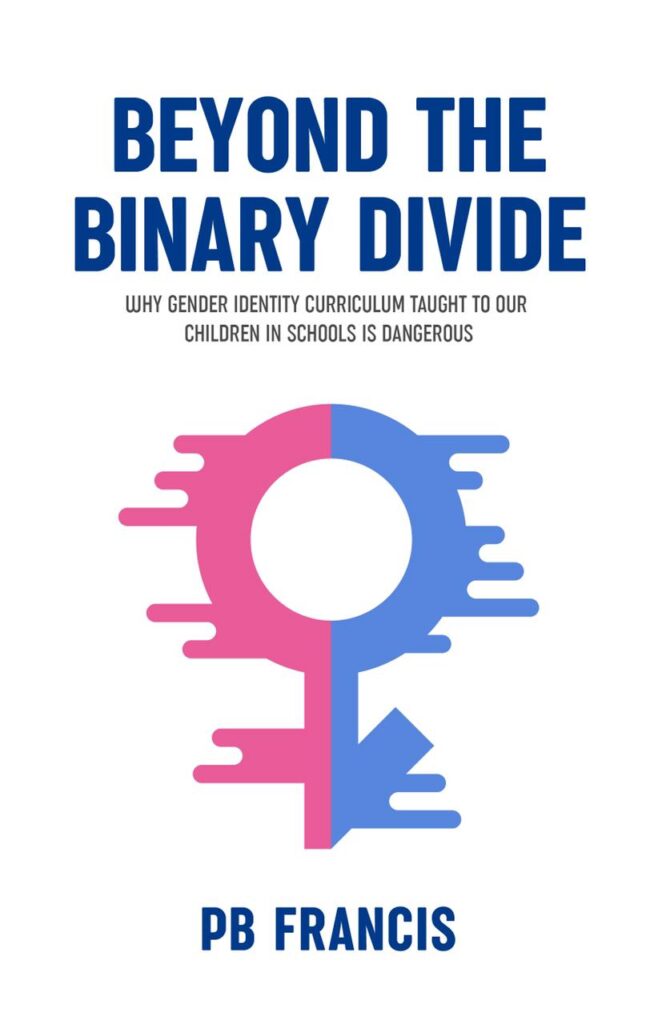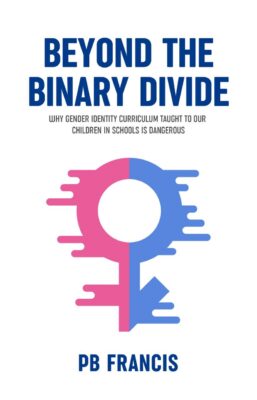Longitudinal Data vs Medical Associations on Childhood Gender Dysphoria
The dispute over childhood gender dysphoria is definitely not just a simple issue of perspective. It covers a complex terrain shaping diverse perspectives and opinions to influence public discourse and policy decisions. Recently, research from the University of Groningen in the Netherlands unveiled longitudinal data spanning 15 years, suggesting a noteworthy trend: it is important to emphasize that the large majority of young persons who show gender dissatisfaction in adolescence will ultimately accept their biological sex in early adulthood.
Gender Dysphoria Unveiled
You won’t hear the American Medical Association (AMA) and the American Pediatric Association (APA) loudly promoting this long-term research study. It would undoubtedly raise significant questions about their endorsement of irreversible sex change operations, puberty blockers, and hormone treatment for minors, which have rapidly become a multibillion-dollar industry, lining their pockets.
Parents and educators urgently need to scrutinize the conflicting perspectives on these issues and highlight the insights into their effects on our children’s well-being and parental rights. Take a closer look at the statistics from this long-term study and ask yourself if the curriculum adopted by thousands of school districts across the USA and globally leans towards a far-left indoctrination. It is also potentially bordering on child abuse for those children with gender dysphoria.
The Dutch Longitudinal Study: Truth Revealed
The University of Groningen’s longitudinal study was thoroughly conducted, whereby 2,772 participants were followed up from ages 11 through 26, and their gendered unhappiness rates were investigated, depicting a compelling story of gender dysphoria. At the beginning, 11% of the study participants even had the desire to belong to the opposite sex in adolescence.
While such a proportion of the population initially felt this way, among young adult population by the age of 26, only about 4% held these opinions. However, this is not it and more revelations were shared. The research found that more than two-thirds of participants (78%) never had feelings of discomfort with their biological gender and 19% of participants described being more content over time. Interestingly enough, the researchers found that the varying degree of gender discontent is closely linked to the poorer mental health. Participants with non-heterosexual orientations were particularly susceptible to these negative effects.
Interpreting the Findings: Consequences for Policies and Processes
Mary Rice Hasson, the director of the Person and Identity Project at the Ethics and Public Policy Centre, emphasized a crucial point: many parents instinctively discern between childhood gender dysphoria and the everyday challenges of parenting. According to her, puberty’s discomfort is a natural part of growth and often resolves on its own. She also explains that external interference is not a necessity is every case and strongly opposes parents seeking medical interventions for their children.
She notes that parents, grappling with immense agony, seek swift solutions to reassure and resolve their child’s struggles. This often leads them to pursue immediate interventions
Conclusion: Coping with the Complicated Affliction of Childhood Gender Dysphoria
The detailed data analysis, as well as medical recommendations, allow for the exploration of the complexly interwoven problems that appear when childhood gender dysphoria is the subject. However, the Dutch study gives cause for optimism as well, showing that most children will grow out of gender concern. Medical bodies, on the other hand, oppose such interventions as they claim empathy is key while filling their bank accounts.
As the world addresses these critical issues, it is our duty to choose evidence-based strategies that ensure children’s welfare and freedom while respecting their rights.



